It’s the kind of drink that divides opinion and defies convention, but the intriguing history of the Negroni cocktail is almost as divisive as the flavour it imparts.
The Negroni is many things to many different people. To some, it’s an affable aperitif designed to mark the end of the working day, while to others, it’s a bitter flavour punch that hits a little too hard. James Bond author Ian Fleming famously wrote that the Negroni cocktail was 007’s drink of choice when the martini tap ran dry, but for a dedicated few, like Raffaele Lombard, the warming wave of Campari, the fresh aromatic hit of sweet vermouth and the sultry, maritime undertones of a strong gin leave the heart shaken and the soul stirred.
As the owner of the world’s first dedicated Negroni outpost, Bar Conte, Lombard has built a livelihood on the iconic Italian elixir. Opening in 2022, his Surry Hills institution has helped helm the industrious Australian Negroni revolution, which he explains is driven by personal exploration.
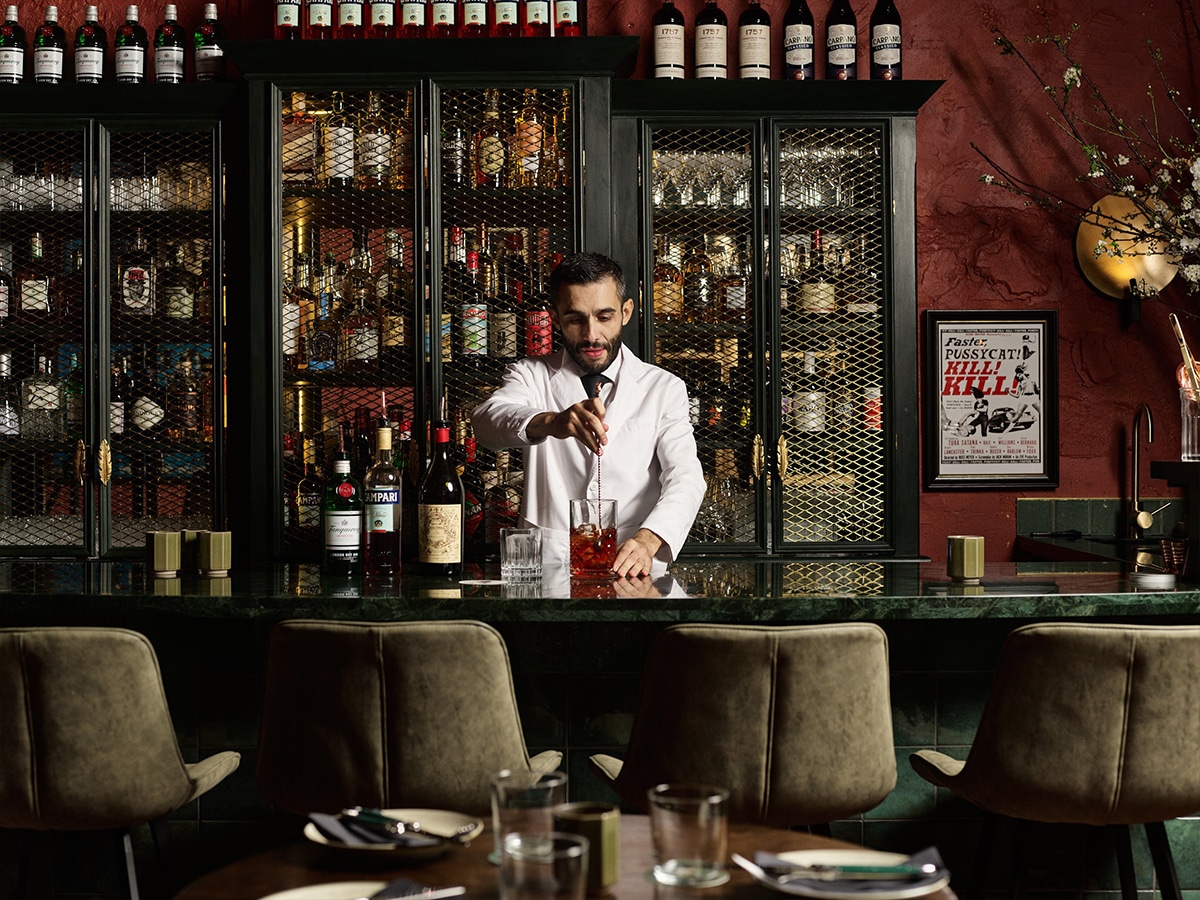
“I believe the best Negroni is the one you prefer,” Lombard tells me. “Every gin can alter your Negroni and the same goes for vermouth—it really depends on what you feel like. You might have a perfect Negroni, but it’s not the flavour that you envisioned, so understanding the balance of flavours is important.”
The History of the Negroni
As Lombard rightly points out, with a list of ingredients that you can count on one hand, the Negroni is the ultimate leveller. Comprising equal parts gin, Campari and sweet vermouth, the cocktail is a test of mixology competency where mistakes have nowhere to hide. Its flavour profile is indisputable and perhaps most remarkable of all, it appears to have remained largely unchanged for over a century. But that really depends on who you ask.
As a journalist who focuses on vices of the indulgent kind, I’ve written enough recipes and tasting booklets to know that the genesis of a cocktail is seldom set in stone. Open a copy of Jerry Thomas’ Bar-Tenders Guide to any page and you’re bound to find a concoction of debatable origin with countless parties laying claim to the ‘one, true first’. But when it comes to Negroni, the colourful characters involved paint a remarkably vibrant picture.
According to Paolo Maronini, marketing director at Campari Australia, the origins of the classic Negroni cocktail can be traced back to 19th-century Italy. Here, in the home of Campari, where the sun never sets on a good drink, a nobleman with a penchant for hard liquor inadvertently crafted the revolutionary elixir.
“The Negroni cocktail, a masterpiece of simplicity and sophistication, is considered the quintessential Italian cocktail,” Maronini tells me. “Originating in 1919 at Caffè Casoni, it was created when Count Conte Camillo Negroni asked bartender Fosco Scarselli to strengthen his Americano by adding gin instead of soda water. This blend of Campari, sweet vermouth, and gin not only captures the essence of Italian aperitivo culture but also underscores the drink’s timeless allure and adaptability.”
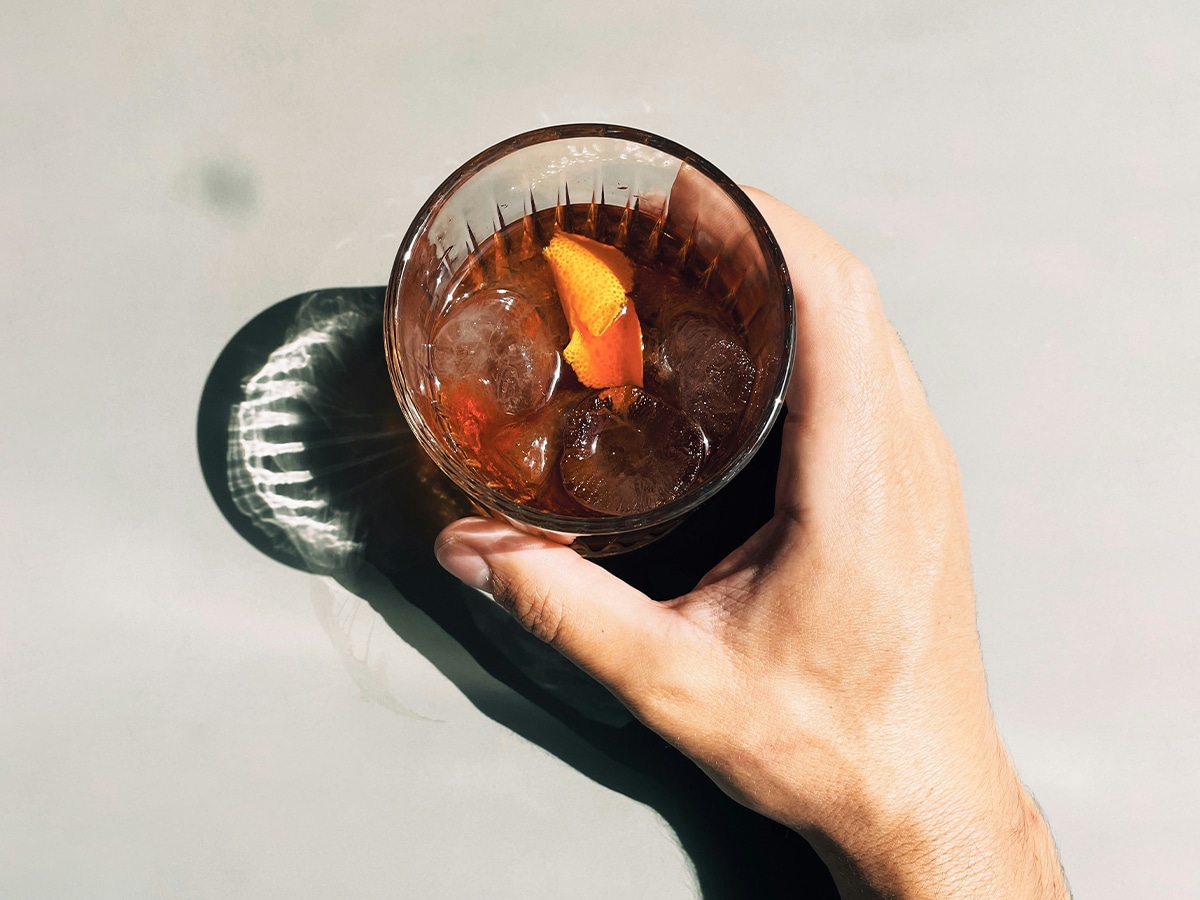
A man of great interest, the identity of Count Negroni is almost as intriguing as his namesake’s drink. Reports have the Italian nobleman travelling the world to become a cowboy in the Wild West and a gambler in New York before making his way back to Florence to settle as a wealthy aristocrat. According to Lombard, whose venue aptly sports the Count’s name in its title, travel was integral to the creation of the Negroni cocktail.
“Back in the early 1900s, after the Industrial Revolution, everyone, especially wealthy people, wanted to travel the world,” Lombard explains. “Conte Negroni, being a wealthy aristocrat from Florence, made his way to the United States and London and discovered the flavours of gin.”
“When he came back to Italy, the drink of choice for Aperitivo was the Milano Torino—that’s what we drank then, and it is still today a drink prepared before meals. There was also the Americano, which had the add-on of soda because, in America, everything was soda-based. When Conte Negroni said ‘Enough of this’ and asked for gin in his Americano, the people of Florence caught on to this and suddenly, they started asking for an Americano-Negroni-style.”
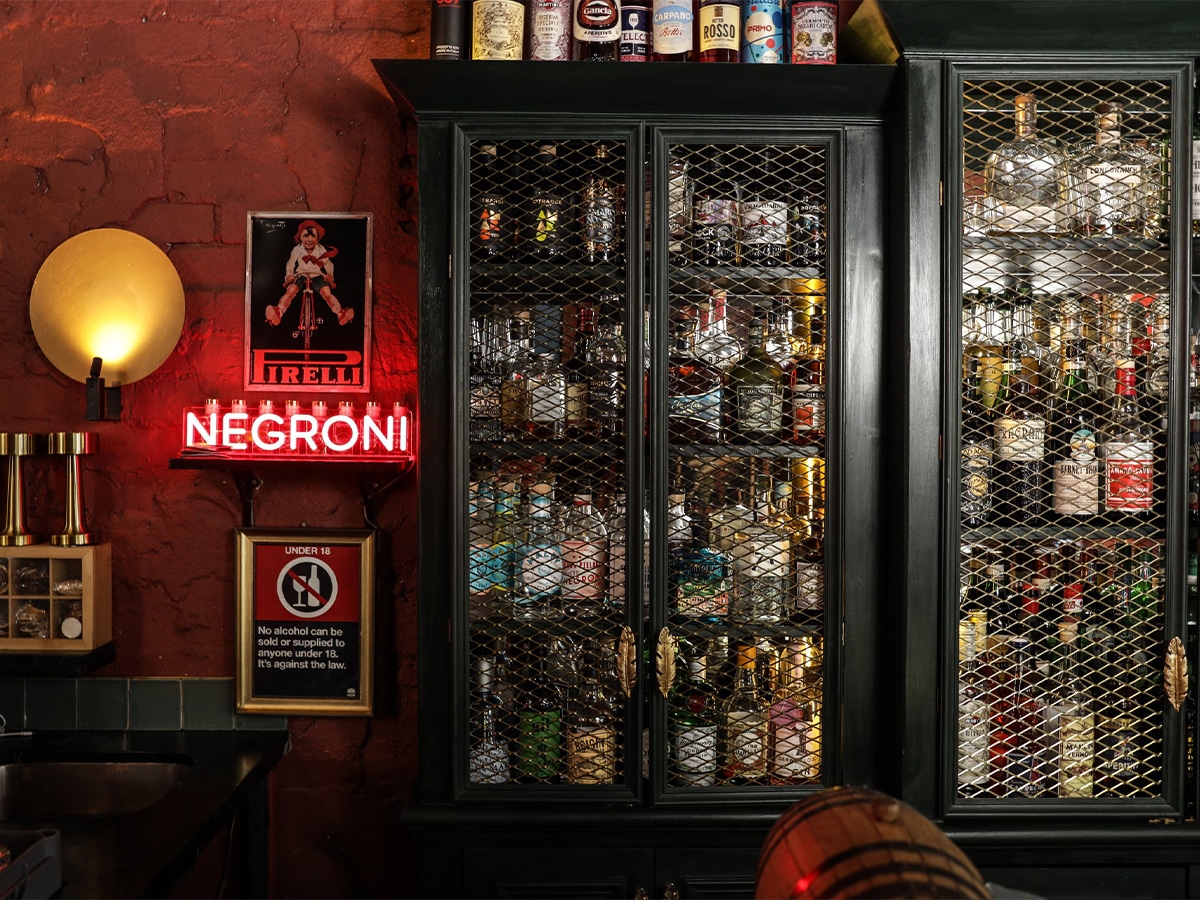
The Counter-Argument
While the story of the flamboyant count is romantic by nature, there has been some conjecture over his viability as a tastemaker, and the reports are intriguing. An article published by Drinking Cup in 2019 suggests that General Pascal Oliver Comte de Negroni, a Frenchman who fought in the Franco-Prussian War of 1870, is the true creator of the cocktail.
According to the piece, the solider was out on a soirée with friends when he “introduced the Lunéville Officers Club to his signature ‘vermouth-based cocktail’, a drink now believed to be the true source of the Negroni cocktail”. Subsequent reports from Diffords Guide seem to indicate that the Negroni family can produce letters in support of the claims, but much like the Count, Negroni’s ties remain shrouded in mystery.
In reality, the first documented appearance of the Negroni in its traditional state comes in the French cocktail book Alimbau & Milhorat. The 1929 publication describes a drink known as the ‘Campari Mixte’, which features the same ingredients and proportions. The only difference between this concoction and the modern interpretation is that it is shaken, rather than built, and served straight up, not on the rocks.
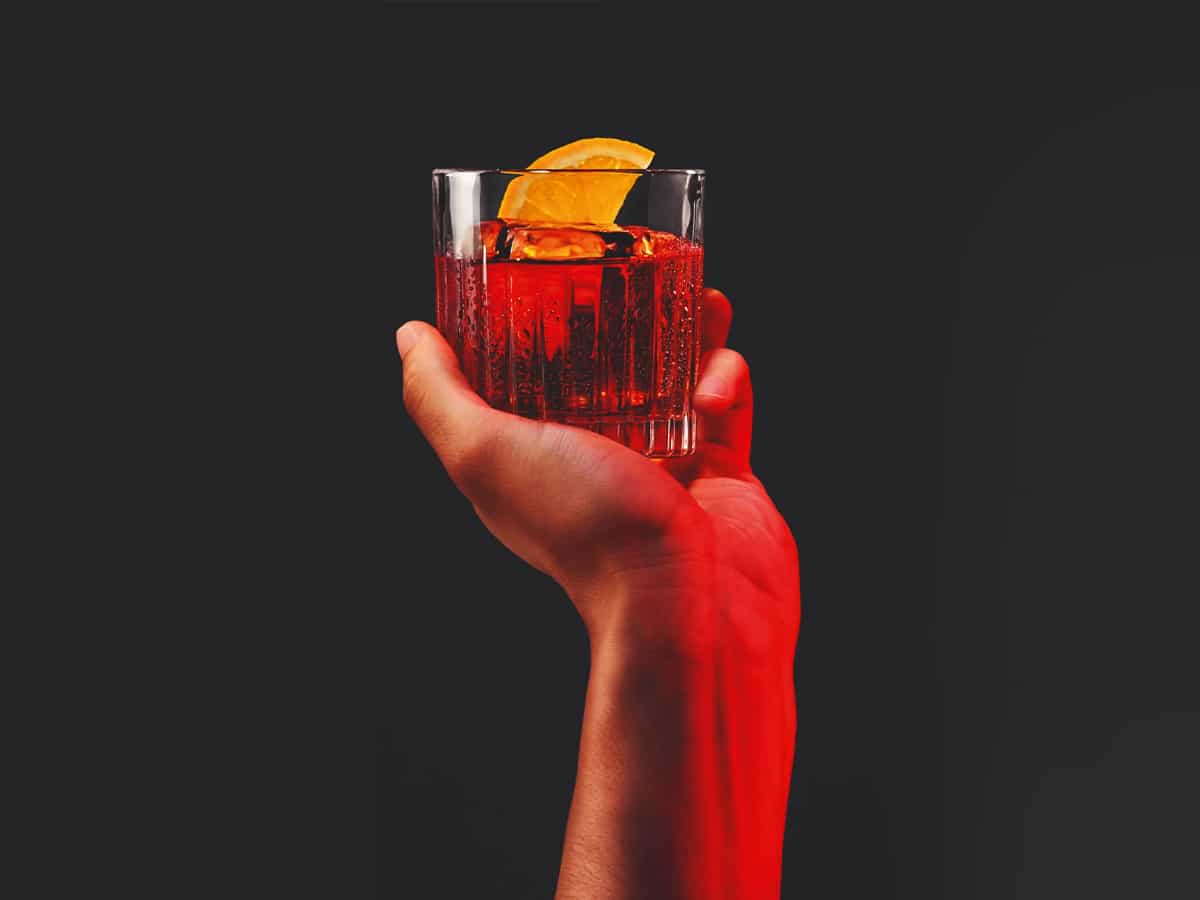
In many ways, the subtle variances in presentation allude to the rising cocktail trends of the time. According to Maronini, the influence of globalisation in the early 20th century helped spur a new cocktail scene in Europe that explored intricate flavour combinations and spirit profiles.
As the trickle-down effect took hold, the demand for innovative flavours pushed bartenders to be more creative, birthing modern classics such as the Negroni’s bourbon-based cousin, the Boulevardier.
“Historical debates enrich the Negroni’s narrative, tracing potential origins back to the 19th century and variations like the Boulevardier, which introduces bourbon in place of gin, showcasing its international influence,” he explains. “Today, its classic formula continues to inspire mixologists worldwide, maintaining the Negroni’s status as a globally revered cocktail.”
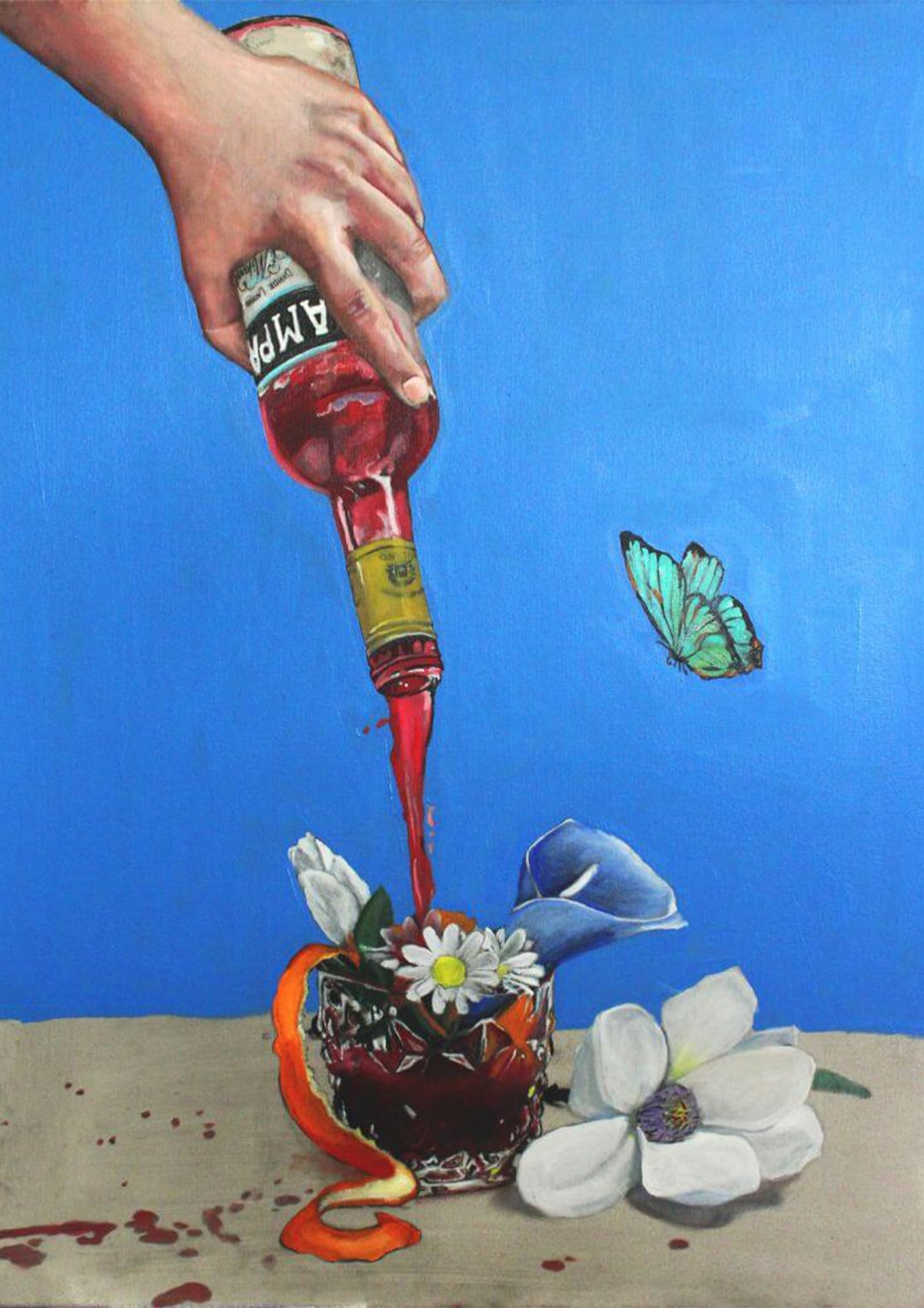
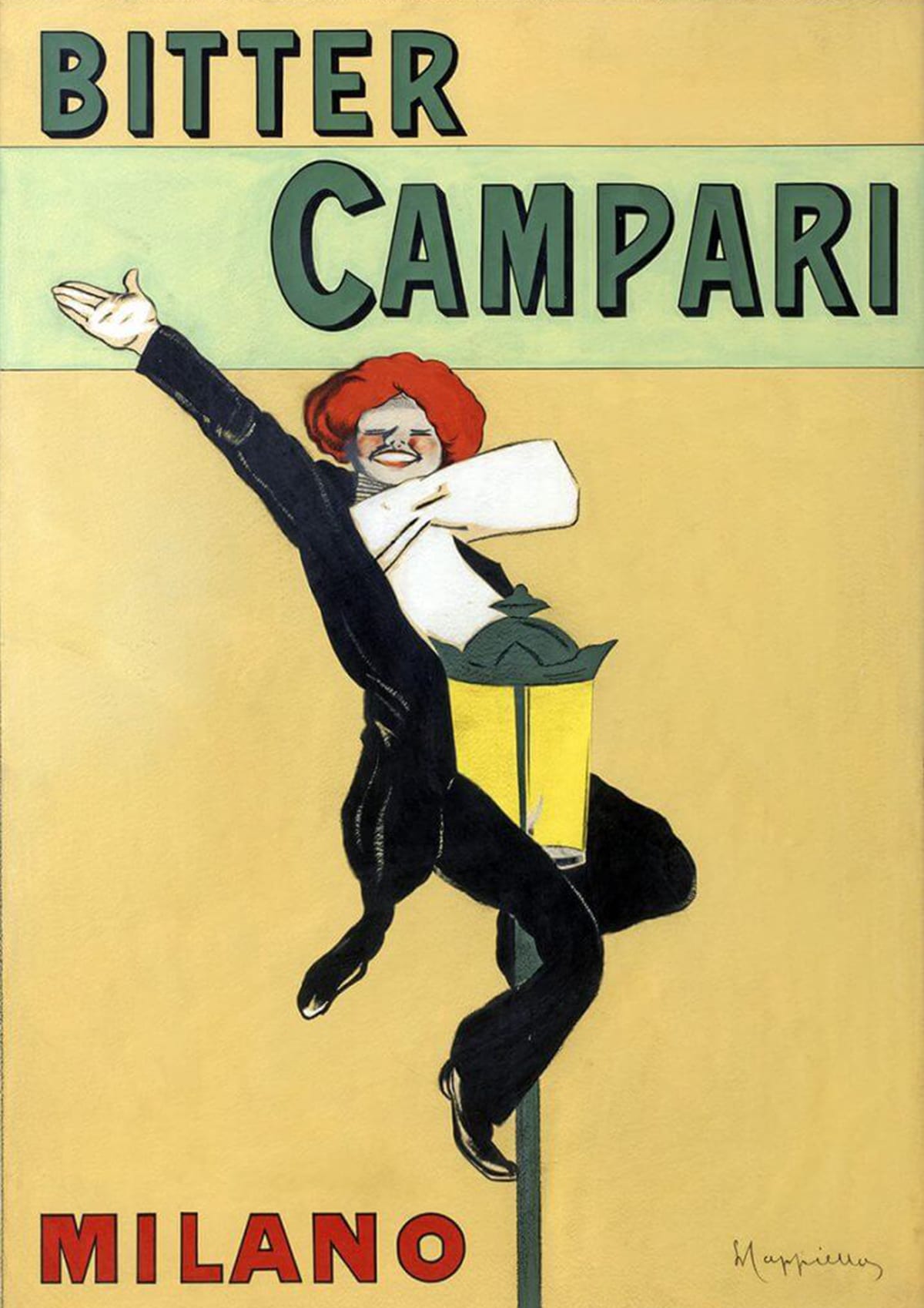
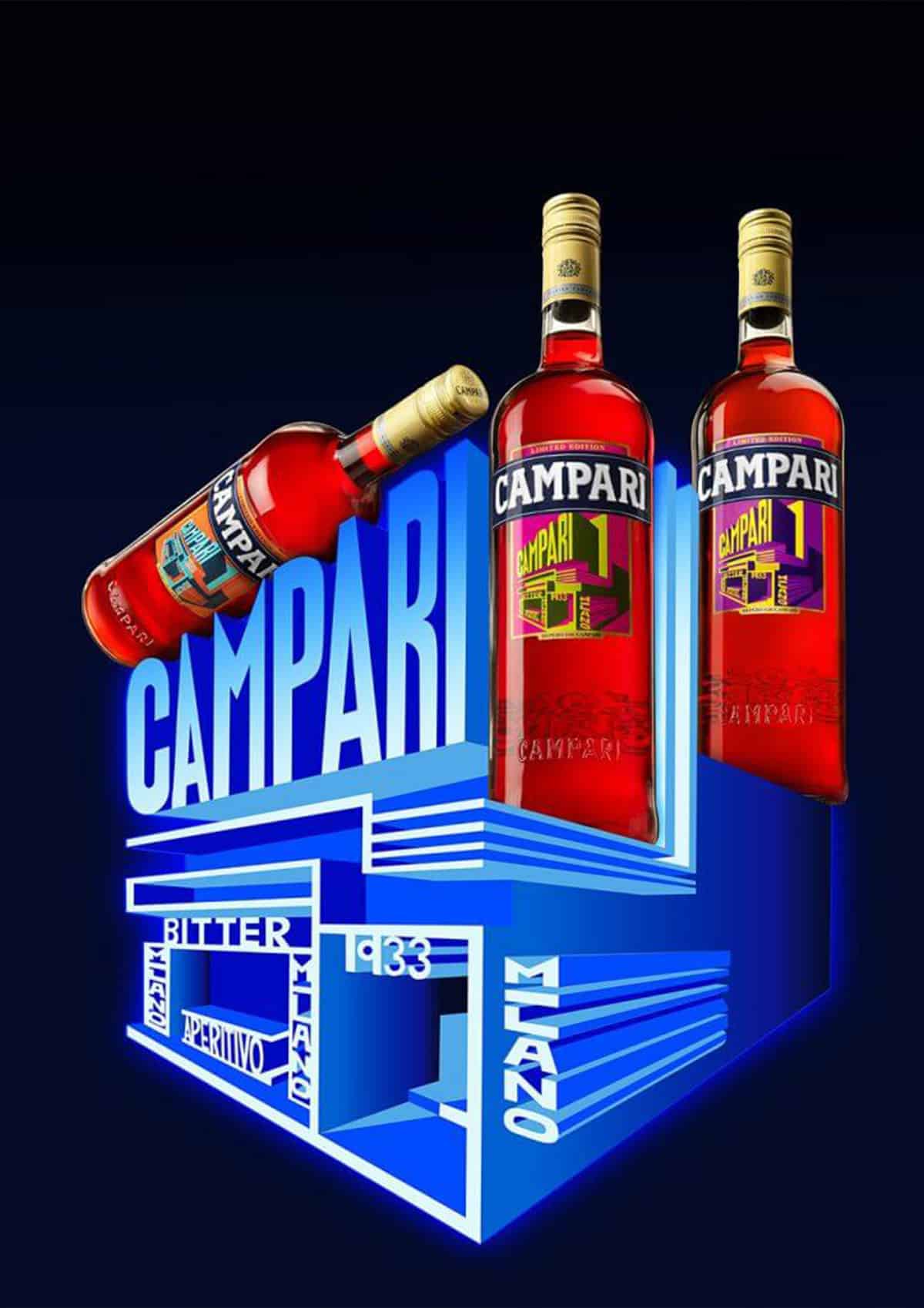
Influence on Italian Culture
To say that Negroni’s gin-based cocktail had a significant impact on Italy would be to undersell its significance. As Maronini explains, Italian drinking culture is a rich tapestry woven with tradition, socialisation, and the art of “savouring life’s flavours”. Nowhere is this more evident than in aperitivo hour.
“A cornerstone of this culture, aperitivo hour is a pre-dinner ritual where friends and family gather to enjoy light drinks with friends,” he says. “This hour is not just about the drinks, but about the convivial atmosphere and the shared moments that make Italian life so vibrant and enjoyable, with Campari at the heart. To talk about Aperitivo is to talk about the roots of Italian socialising. It is now one of the most well-known, and appreciated rituals of bar culture in the world and each local culture has its twist.”
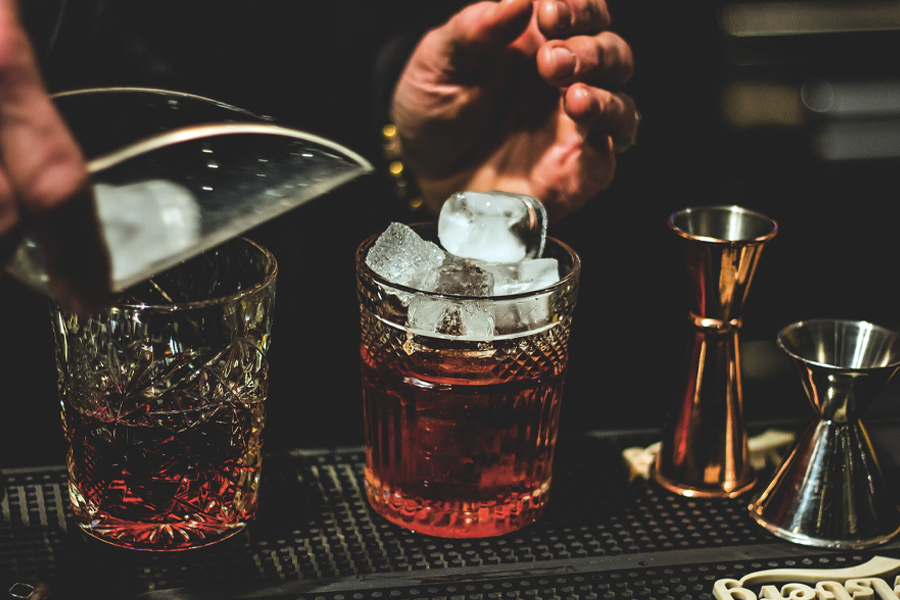
Classic Negroni Recipe
To the traditionalists, the Negroni cocktail is the perfect combination of simplicity and sophistication. With a compelling blend of Campari, sweet vermouth, and gin, the bright and vibrant elixir is the definitive Italian cocktail, providing mixologists with a canvas for their creativity. As Maronini explains, however, the trick is not to overdo it.
“Build it, do not shake it,” he says. “To avoid ruining the balance of a Negroni, stir the poured ingredients with plenty of ice. If shaken, the drink will become too cold and trap the flavours of the drink.”
With that in mind, the Campari Australian cocktail expert has laid down his ultimate Negroni recipe, taking into account the need to explore flavour notes and highlights. While it might seem simple in nature, the balance of flavour is paramount. Here is how to make the perfect Negroni cocktail:
- Fill a rock tumbler glass with ice.
- Pour Campari, gin, and red vermouth directly into the tumbler.
- Stir for about 10/15 seconds using a barspoon.
- Garnish with a slice
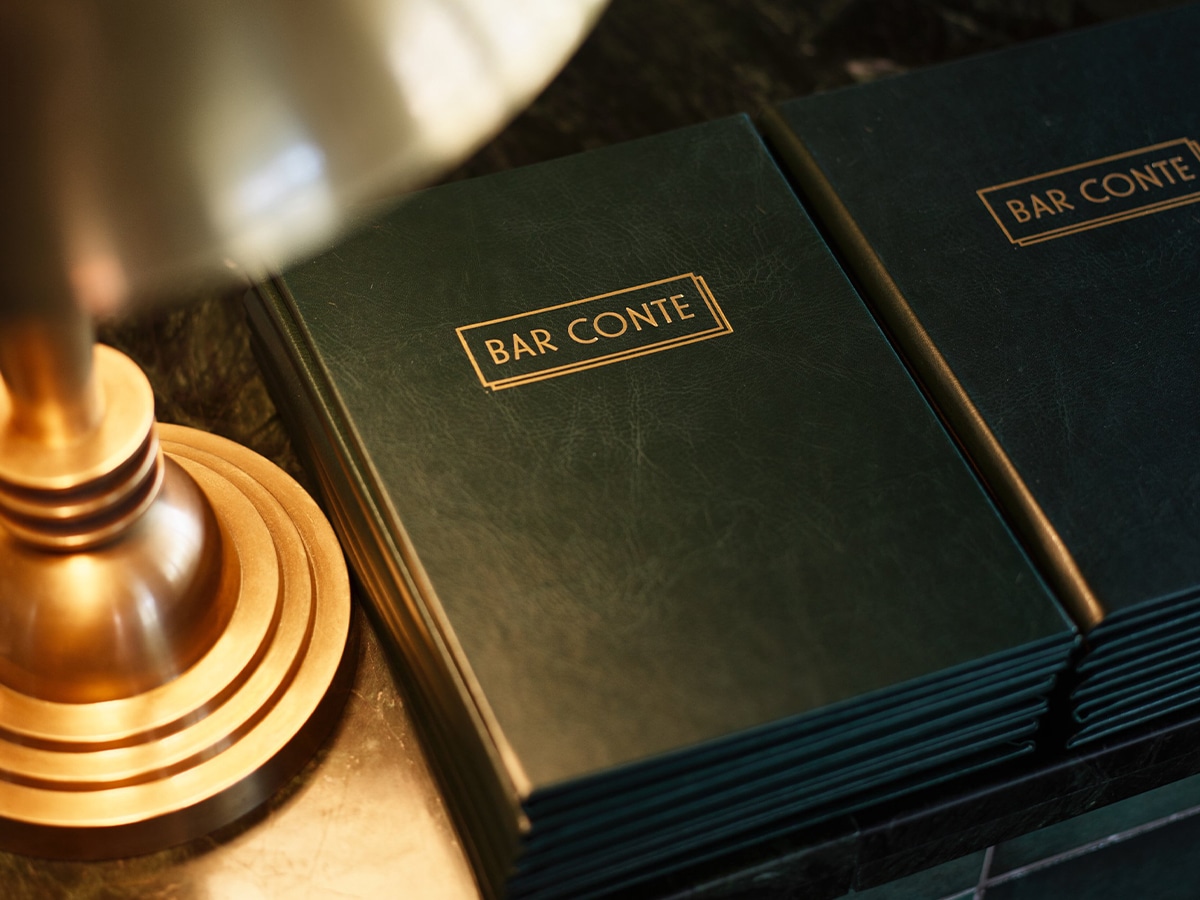
While the competing narratives tend to dilute the mythology, it’s worth noting that these debates have been waging for decades. Origin stories rarely go unchallenged, particularly when it comes to a drink as globally recognised, mystified and adapted as the Negroni. To Maronini, the conjecture merely adds to the romanticism of the great unknown, leading to an experience that is often profound beyond all comprehension.
“Drinking a Negroni is always a unique and disarming experience,” he says. “Be it because thanks to the quality of the products of which it comprises, the degree of pleasure perceived has increased notably; be it because today so many bartenders now know how to make a really good one; or be it because thanks to the worldwide spread of the tale of its certain origins along with all the legends in which it is shrouded, a degree of respect, of special regard and attention has formed both on the part of those who make it and on that of those who order it. Despite changes in taste and refinement of other ingredients, the essence of Negroni remains anchored by the classic profile of Campari.”
So, whether invented by an Italian aristocrat in Florence or a French soldier in Senegal, the enduring legacy of the Negroni cocktail remains. If its contentious origins can teach us anything, it’s that you should never the truth get in the way of a good story—the same way you should never let good vermouth go to waste.
Image Credit: Bar Conte, Campari Australia, Matheus Frade, Marvin Meyer
Poster 1: Jamie Preisz ‘Gliding Bloom Drif’ (2019)
Poster 2: Leonetto Cappiello ‘Man on the Lantern’ (1909)
Poster 3: Francesca Valan ‘Campari Art Label’ (2015)


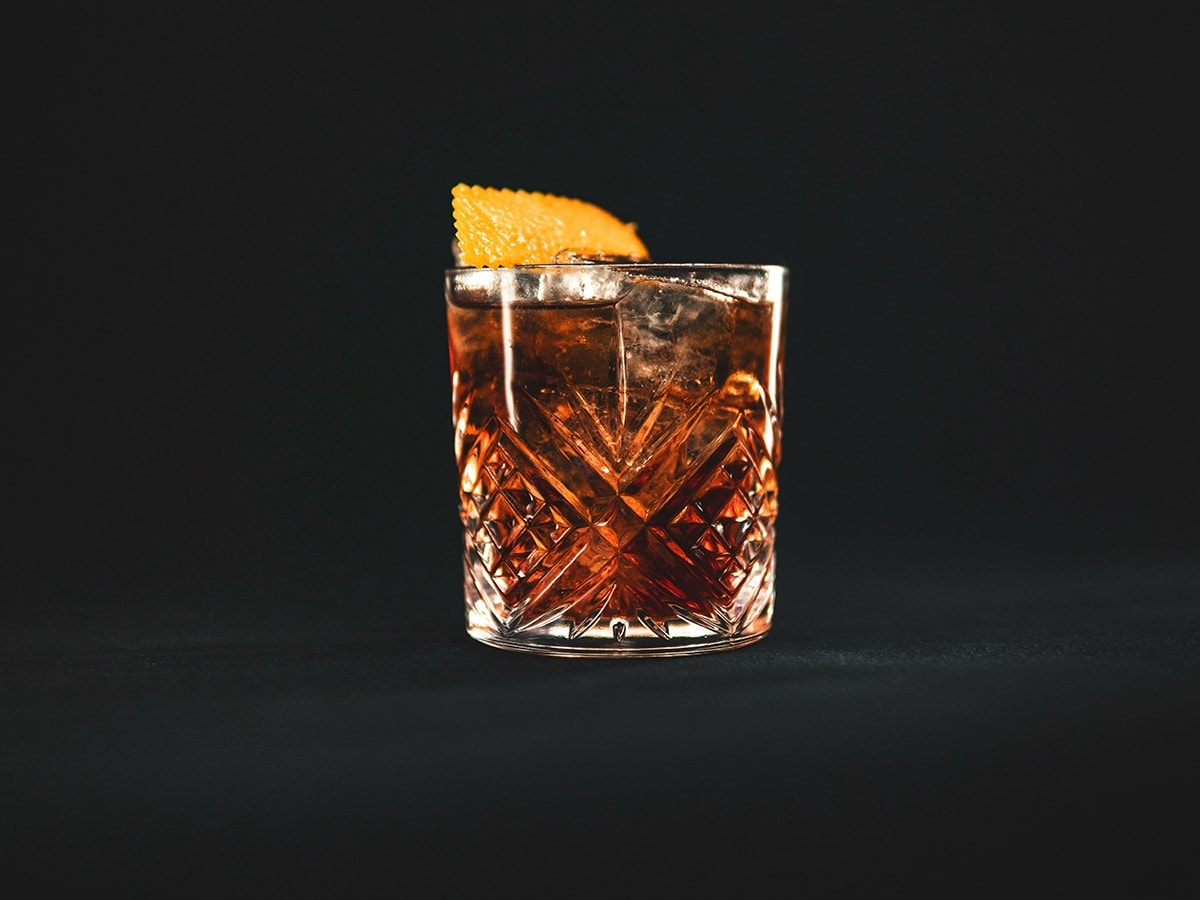




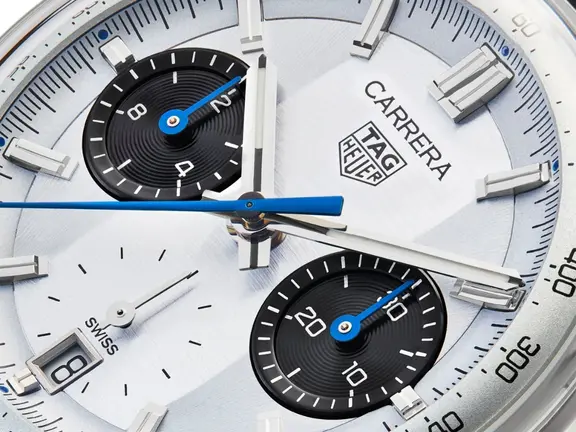





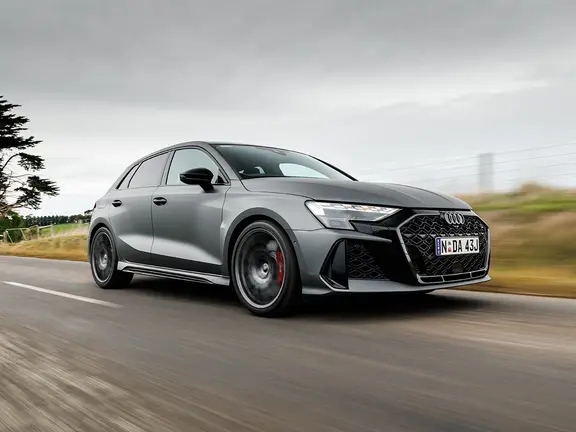





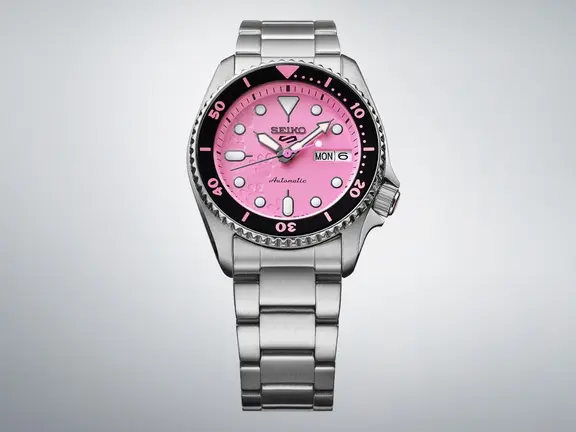


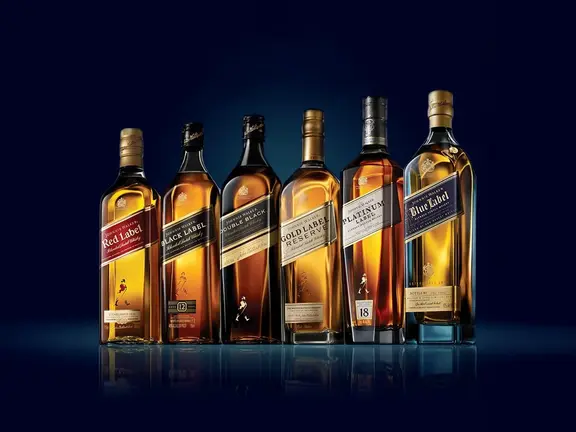









Comments
We love hearing from you. or to leave a comment.